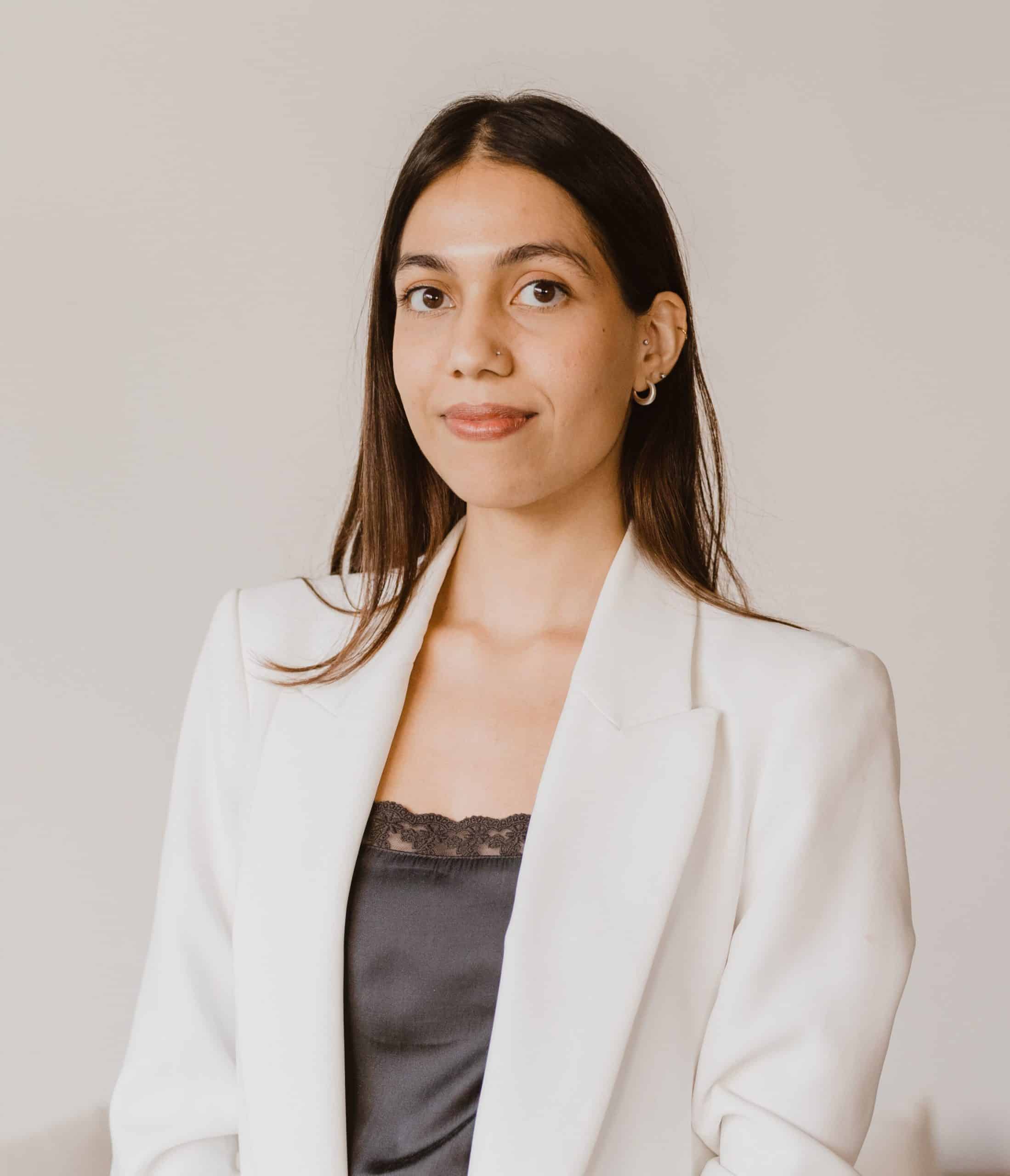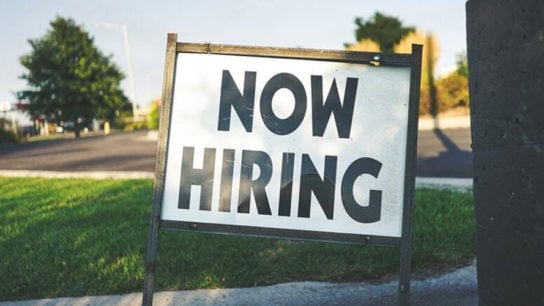Web3 trailblazers and co-founders of DTTD, Bosco Lin and Christopher Cheung, launched a revolutionary mobile-first social NFT wallet- propelling a new wave of blockchain technologies. Bosco and Christopher share more on their disruptive new platform, how it empowers individuals with digital ownership, and more on the future development and adoption of NFTs.
Designed to simplify the complex distribution network and adoption of Web3 technologies, DTTD – pronounced dotted – Hong Kong’s trailblazing tech startup backed by Animoca Brands has launched its mobile-first social NFT wallet application. Founded by Web3 entrepreneurs, Bosco Lin and Christopher Cheung in 2021 with a simple vision to accelerate the mass adoption of groundbreaking blockchain technology across Asia, and beyond, the newly launched NFT platform was developed to enable this through its accessible decentralised digital platform.
Bosco and Christopher, while sharing the same ambition and foresight for the future of Web3 adoption, come from diverse backgrounds. The founders well-comprehended the many struggles one endures when entering the digital asset space, paving the way for an easy, direct, conveniently-located access point via their NFT wallet.

DTTD is tailored to meet the varying demands of crypto enthusiasts, novices, as well as corporate venturing into the new era of Web3. Its essential tools and services are designed to empower individuals to digital ownership, while offering frictionless onboarding into the virtual realm.
Read more: Animoca Brands-Backed Web3 Startup DTTD Launches World’s First NFT Mobile Wallet
We speak with Bosco and Christopher about the groundbreaking work behind DTTD, their newly-developed NFT social wallet, and more on the future adoption of Web3.

What was your professional background prior to co-founding DTTD?
Bosco started: “I was the founding Chief Commercial Officer of Alipay in Hong Kong. We started as a three-person team in Hong Kong, the CEO, CFO, and myself, through a joint-venture arrangement.
Last January, when Alipay was [more widely adopted] and used in MTR in Hong Kong, I [decided] it was a good time for me to try something new.
I then had the chance to learn more about NFTs. The first impression [of NFTs for many] is that it is quite difficult to understand and use- made by engineers, for engineers. Many things can be optimised, [in terms of offering] a seamless user experience, and much more- we see great potential in NFTs.”
Christopher followed: “I started in Hong Kong, mainly in the financial sector, and built technology-enabled teams for various investment companies. I recognised a few years ago that it was becoming much harder to generate profits in traditional finance markets, and [decided] to make that switch to [Web3] and cryptocurrency.
After reading the Bitcoin whitepaper, I [pivoted towards] crypto-focused companies in town. Along the way, we have seen a few cycles with crypto, and then the rise of decentralised finance, and moving forward, the next wave is NFTs.”

How did you come to establish DTTD?
Bosco: “We saw a problem, and together with our associates tried to build this [model]. We had a chance to speak with Animoca Brands, and explained why there is a need for [such a platform]. All the Web3 projects now are having the same struggle of bringing in new people. According to McKinsey’s report, the market [could be worth $5 trillion by 2030].
However, no infrastructure has been built to support that. We hope more platforms and tools will arrive. But also, we can do something that can help that court as well, and the first problem to solve is an easy onboarding through our wallet.”
Christopher added, “We both recognised that the biggest problem right now is that the user journey for someone who is not technologically [savvy] is still quite difficult, and that is what we are trying to solve.”

What is your vision and mission for DTTD?
Christopher: “To help onboard the next generation of users, this generation of consumers who are more or less technologically inclined, and other general [people].
At the same time, we want to help projects and enterprises who are starting to understand the implications of what Web3 and blockchain could mean, in terms of engaging end-customers, marketing, and their traditional workflows to help them grow as well.”
How have your previous experiences and roles helped prepare you to start your own company?
Bosco shared, “I was never a tech guy, I solve problems focused more on application-related [solutions]. Since I have assisted with [the development] of many apps online, I have [learnt that] user experience is the key. I am always interested in making things more simple for people to use. If you need to teach people how to use your product, it is not going to work, as most do not have the time and resources to teach them one by one. I am also more focused on how we approach the market.”
“Not having had any traditional technology training, I have always valued the practicality [of things]. The problem that we are facing today in blockchain and Web3 is the fact that we are so focused on the beauty of technology, without recognising the gap between the complexity of the analogy. We are [attempting] to simplify and bridge that gap.
We do recognise that until you can bring more people on board that the future is not going to be a reality. Our tech team is focused on building a product that is practical and simple, that people can [grasp] and use,” Christopher followed.

Can you tell us more about DTTD’s mobile-first social wallet?
“When we started we were thinking about how we should build this app. One year ago, most of the services were compatible with laptops and notebooks [solely], with browser extensions. We believe that was the wrong approach, because for users, the easiest way to [access] and share their NFTs is through a mobile phone. That was the major reason for us to develop a mobile-first wallet app. We see the potential of how we can climb up and penetrate the Southeast Asian market,” said Bosco.
“Beyond providing the user’s their first easy-to-register NFT wallet, we added social features as well, because we want to enable them to [take action] after they have purchased their first NFTs. We have NFT sharing functions, a news feed that gives them updates about the latest collections and [creators] that they are interested in. We also give people a [space] to interact with other wallets and NFT owners,” explained Christopher.

How does DTTD’s NFT mobile wallet intend to deliver a “seamless web 3.0 experience” through its interface?
Christopher shared, “Our onboarding process takes about 90 seconds for users to get on [our platform]. We have also created an NFT minting solution, specifically for projects and enterprises, to allow their end users to do a gasless mint – meaning that the end user will not have to buy any crypto before minting NFTs. Instead, we have taken a whole big pain point out of the user journey.”
What technological problems were you hoping to address and solve during DTTD’s development process?
“The number one difficulty was to get users to attain their first NFTs. For which they [require] a crypto wallet first, which oftentimes takes many hours. The second challenge has been to fund the wallet with crypto, which itself can be a very confusing process that takes at least several hours, if not days. Those were the two key problems that we wanted to tackle first.
The third common problem which has become increasingly important is focused on the question of what comes after I have purchased my first set of NFTs. Which is why we added these social functions inside the app, that allows users to engage with other members of the NFT community, and enables them to discover new collections, and chat with one another,” said Christopher.

Why do you think there is such a need for your platform?
Christopher: “One, is for all Web3 participants in general, the main thing being that crypto and DeFi have driven some adoption throughout the last few years. But, the next big driver will be NFTs. To begin that journey, users need an NFT-focused wallet first. We have seen most things now have been more focused on the fungible side of things, more than financial.
Number two, in terms of bringing on board enterprises, brands, and companies, we help them solve the problem of their clients not having a wallet. We enable these enterprises and markets to do any NFT project or drop, [offering] them a simple solution to start on their way.”

DTTD houses a community of innovative NFT curators and creators. What is the vision behind this?
Christopher shared, “We want to help creators with their passion. The challenge that many of them face, based on our research, is that most of the older platforms, suck up a great amount of value from their creativity. What we have done is give creators the tools to manage their community, and nurture it on our platform, which translates into real-time rewards. It is a two-way street- the fans and their community get to reach out to the creators, and in return, the creatives get financially rewarded by the token system that we have set up.”

How does the DTTD “For Creators” initiative hope to empower and enable NFT innovators in Hong Kong?
“We want to make things more simple, and not scare away people from NFTs, because they may think creating is dangerous or very expensive. We want to take away the misconceptions and [offer] them their first experience with NFTs,” explained Bosco.

DTTD has shown remarkable scale and growth, having secured many impressive partnerships since its launch. How did you manage to grow your company and bring it to the forefront of Web 3.0 technology in Hong Kong, and beyond?
“I am quite grateful for our previous connections in the space. When I talk to friends, and organisations, they encounter similar problems that we can solve. They have heard about or seen NFTs, but do not exactly know what it is and how it works. I believe that if we are not doing this right now, we will be left behind.
Talking about our recent partnership with Bupa, we helped them to launch an [immersive and interactive Healthcare 3.0 Concept Hub] to deliver a seamless user experience.
We are lucky enough that there are innovative and [creative forces] inside these organisations, who are willing to try new things, which is why we see more collaborations and exciting partnerships coming up in the next couple of months.
The Digital Art Fair [Xperience Hong Kong 2022] is one of the key events for the digital art [space] this year. We saw them face similar struggles last year educating people how to open up a MetaWallet. We see our service as a complement to them, [while] putting our name out there,” said Bosco.

What were some of the biggest obstacles you faced during DTTD’s growth period and how have you addressed those challenges?
Christopher started, “One of the challenges was keeping pace with the rapidly changing technological environment. With new technologies coming out all the time, there is always a risk of potentially choosing the wrong [mechanics] to pursue or develop.”
Bosco added, “Education needs to be done too, and it is not easy. It is still a long way for people to realise that this technology- digital assets, NFTs, blockchain, and crypto- can help them. Hence, with more corporate brands and traditional services coming into this space, the faster people will realise it.”

What do you think is next for the Web3 wave?
Christopher: “Hopefully we will see mass adoption. As for the immediate future, we want to see innovation that can be sponsored by corporates, and brands, [for them] to come in and explore all kinds of interesting things that they could potentially do with NFTs.”
Bosco: “We also hope to see more of such projects and [new players] in the game. To [build] an ecosystem and grow we need more players to collaborate with and innovate in the space.”
What does the future look like for DTTD?
“Watch the space, as 2023 will be an exciting year for DTTD, and NFTs in general. As a Hong Kong-based company, we want to get more local users to understand the space, which is why we must collaborate with more brands. We do [have more partnerships] coming up, but we are still finalising the details,” said Bosco.

Will you be introducing any new functions or features to your NFT wallet?
“We are working on a peer-to-peer trading function for users, by the end of 2022. This will be different to the experience that NFT traders have become accustomed to on marketplaces. We [anticipate] for it to be well received by newbies, as well as the mass market,” concluded Bosco.
Featured banner image credit: RENGA #1000 owned by 0xf23fab88e8407, Drooling Huxley owned by 0x02ddb4d0954, Keeper #6036 owned by 0x538df212def9d
Related Articles
Into the Metaverse: 5 Emerging Industry Trends in 2022





